ThruNite TN11





ThruNite started a few years ago with a small light, then they added a very good thrower (Catapult) and has lately added lots of other lights to their range. The light I am looking at here is a light in 18650 size. The light has 2 settings where one is programmable, to change between them the head must be either tight or loose. On/off is done with a forward tail switch. The light is made of aluminum with hard-anodized (Type 3) finish. This light is very close to the TN10, but has a larger reflector and is delivered with extenders.

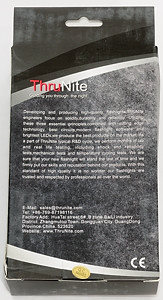
The light is delivered in a cardboard box with a window and some FL1 specification on the outside
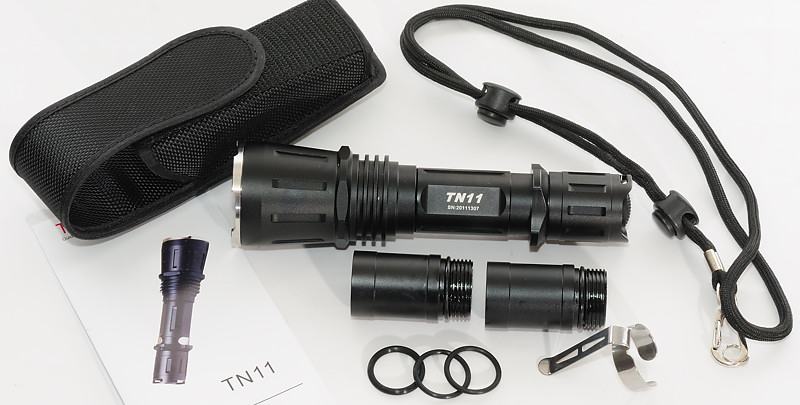
The box contains the light, 3 extra o-rings, lanyard, split ring, holster, a clips, two extenders and a instruction sheet.
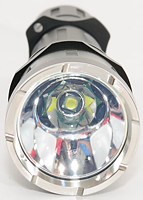
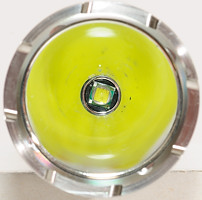

The light uses a smooth reflector with a XM-L led in the center. The bezel is in stainless steel.
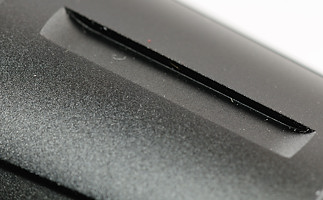
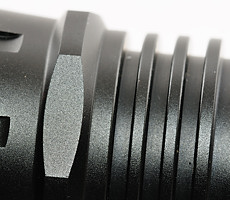
The head has some groves on it, the edge on the groves is a bit sharp, these does improve the grip. There is also the typical heat sink of high power led lights.
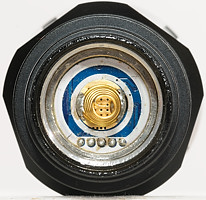
The backside of the head shows the connection to the battery, this connection is a spring. Around the periphery is a metal ring that is used for mode changes.
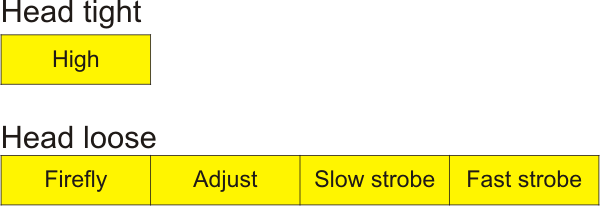
The user interface has two brightness settings, one fixed with head tight and one programmable with head loose.

Doing two tight/loose sequences of the head quickly in sequence will activate the programming. The light will repeatedly show the above sequence and a tight/loose sequence will lock the mode/brightness at that point as the programmed setting.
I had some problems with this interface, a cleaning of the threads and contact ring helped.
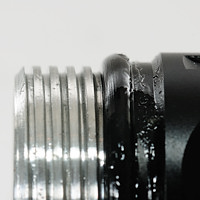
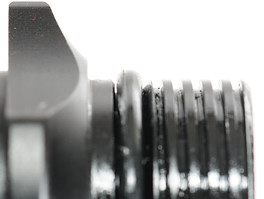
The battery tube has square cut threads and o-rings to seal the light. The tail thread is anodized, making it possible to lock out the light.
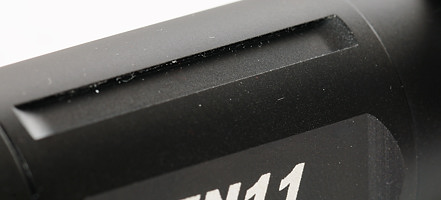
The body has the same type of groves as the head.

Inside the battery tube was a extra plastic tube, making it possible to use CR123 batteries with very little rattle. The holster is only for two batteries, but the recommended configuration is 3 CR123 batteries.
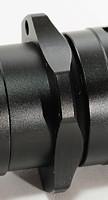
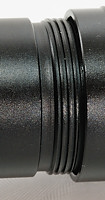
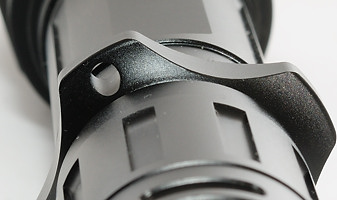
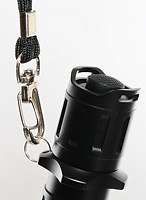
The light has a removable tactical ring, this ring can also be used for the lanyard. When removed there is nothing to protect the threads. This ring also works as an anti roll device.
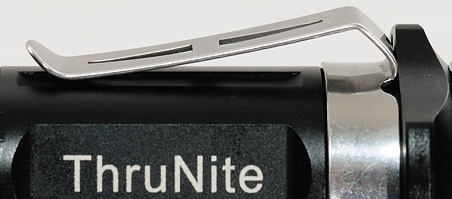
The body with the clip mounted. There is no lock for the clip, but the tactical ring does help to hold it.
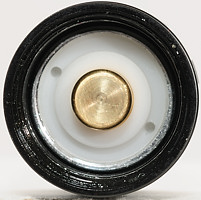
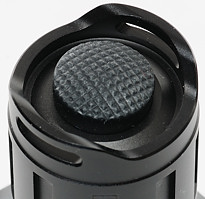

In the tailcap is a covered spring. The switch is mounted lower than the two ridges, making it possible for the light to tail stand.
With a split ring mounted in one of the holes, it is possible to use it for the lanyard.
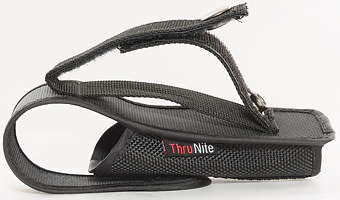
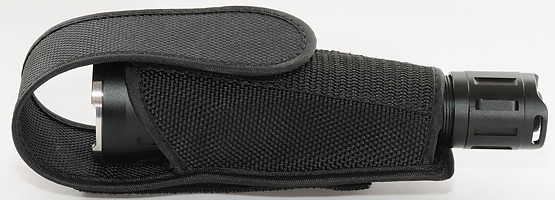

A holster is supplied with the light. It works for both the short and longer configurations of the light. When the tactical ring is mounted the light sits high in the holster.

Here is all the part the light can be disassembled in without tools.
This light is the usual size for a 18650 light, performance is in the good end both total output and throw. As long as there is only a need for two settings, the user interface is fine and it is easy to reprogram, but reprogramming is a bit slow to use for just changing brightness. For some uses it is very practical that high can always be selected (Just tighten the head). The two extenders give a great freedom in battery selection, but I would have preferred that it had full performance on a single 18650 batteries.
Technical specification and measurements
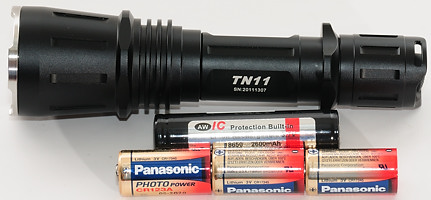
The light is rated for use with 1x18650 or 3xCR123 batteries. The light works fine with all 18650 batteries from 65 to 70 mm long.
With the extenders it can also use 2x18500, 2x18650 or 4xCR123 batteries.
Measured size and weight (Without extender):
Length: 153.2 mm
Diameter: 24.3 mm to 41 mm
Weight: 222.2 gram with AW18650-26.
Measured size and weight (With one extender):
Length: 187.3 mm
Diameter: 24.3 mm to 41 mm
Weight: 241.3 gram with 3xCR123 and 260.7 gram with 2xAW18500-26.
Measured size and weight (With two extenders):
Length: 220.8 mm
Diameter: 24.3 mm to 41 mm
Weight: 275.3 gram with 4xCR123 and 304.6 gram with 2xAW18650-26.
The light uses a Cree XM-L led.

In the above table I have collected all modes, measured at 3.7 volt (i.e. with one LiIon battery). All the estimated runtimes are with a 18650 LiIon battery. The estimated lumen is scale from the specified maximum, measured at 7.4 volt.
Because I have done this table at 3.7 volt, there is no difference between high, adj-high and the high-reduced.
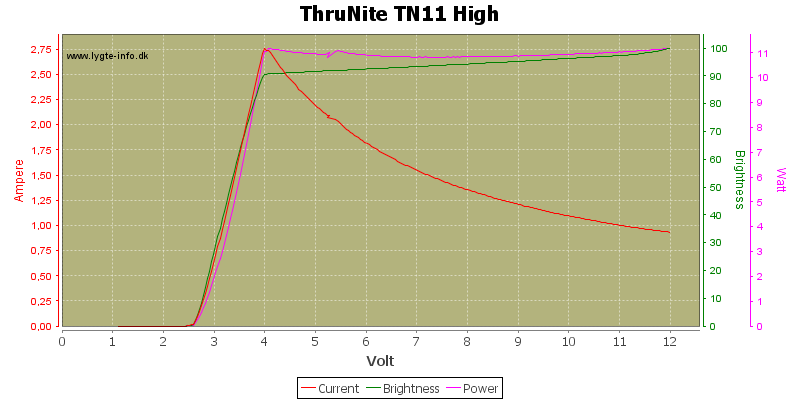
The first voltage sweep is done in high mode, the light has stabilization down to about 4 volt, this means that it reaches full output with a fresh LiIon battery, but will immediately start to drop in output.
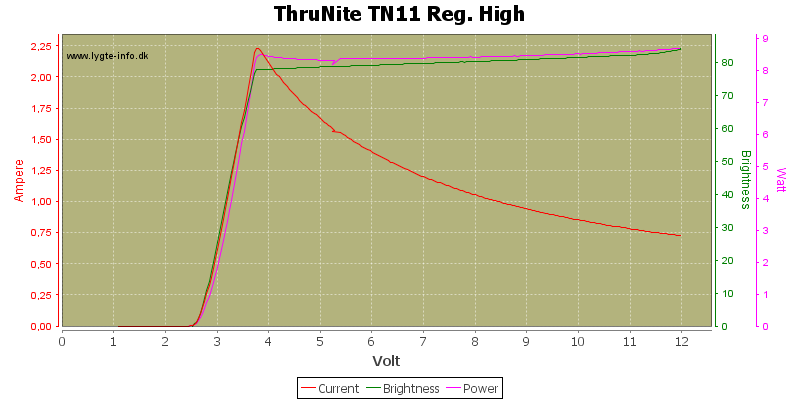
The adjustment mode has a maximum of about 85% brightness.
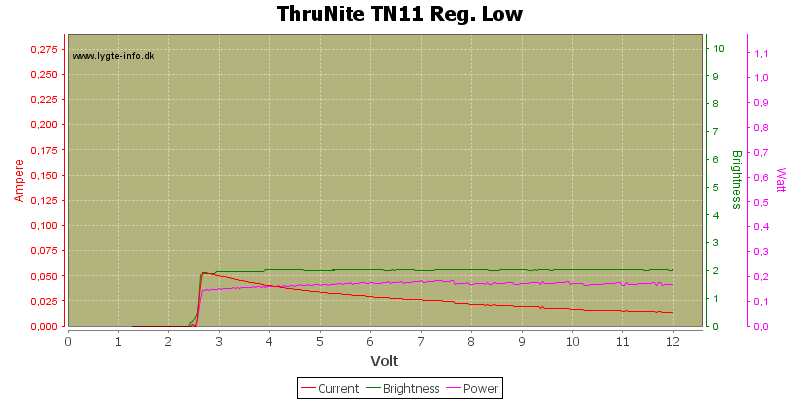
The adjustment mode has a minimum of about 2% brightness.
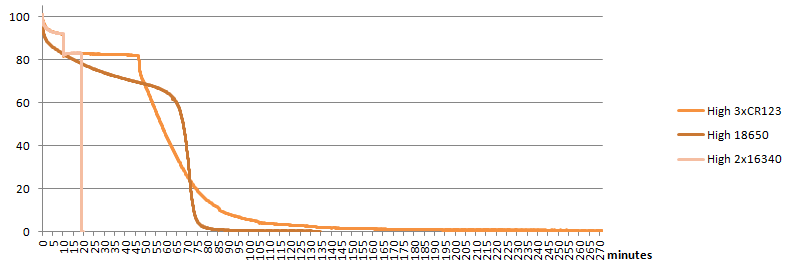
In the runtime the step down function in high can easily be seen. 18650 cannot maintain a high enough voltage to keep the light in stabilization.
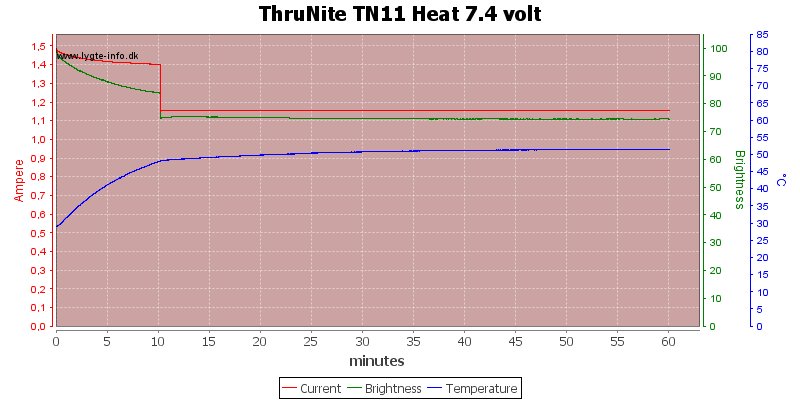
To see how this light handles the heat, I did a run on my test bench with a temperature sensor on the light. As expected the brightness drops slightly when the led gets hot. The body does get hot and stays hot. Because I uses a 7.4 volt supply (i.e. 2xLiIon) the brightness step down can easily be seen at 10 minutes.
Note: My test does not simulate actual usage conditions, but are done on a test bench with only the head of the light and no cooling airflow, i.e. the light will get hotter than during normal use.

The slow strobe is 4.9 Hz with 48% duty cycle.

The fast strobe is 9.8 Hz with 46% duty cycle.

As can be seen on the scope trace of the modes, there is some noise at the low levels, here I have zoomed in on the noise.

The noise has a frequency above 200 kHz.
The light does not use pwm.
Comparison to other Flashlights
ThruNite Scorpion, ThruNite Scorpion turbo, ThruNite TN10:
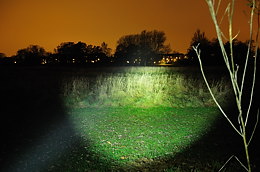
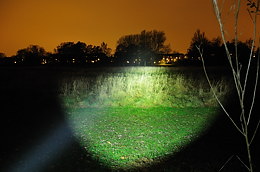
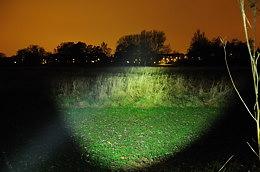
ThruNite TN11, ThruNite TN12, ThruNite T30:
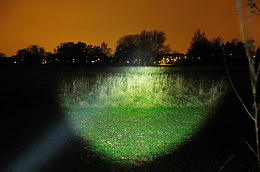
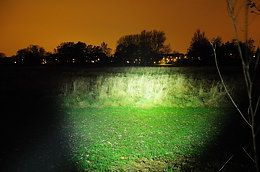

For the full comparison to other lights with graphs and beamshots see here
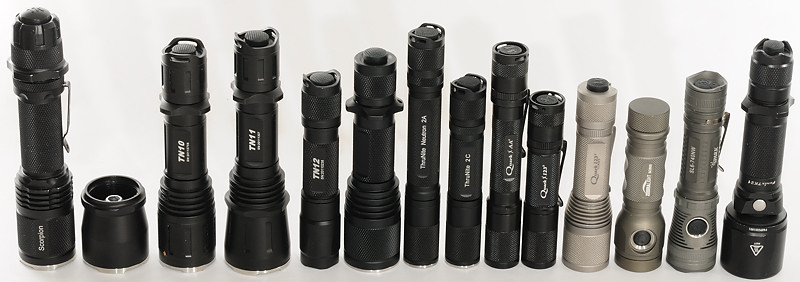
Notes
The light was supplied by ThruNite for review.

















































